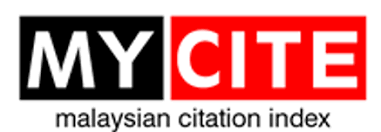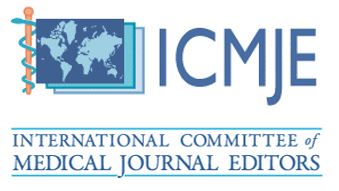Health Literacy Among Adult Patients with Chronic Diseases in Sabah: HLS-Sabah
DOI:
https://doi.org/10.51200/bjms.v16i3.3675Keywords:
health literacy, patients with chronic diseases, SabahAbstract
Health literacy (HL) sets on the ability and motivation of individuals to appraise, understand, access, and utilise information in ways that promote and maintain good health. Poorer health outcomes and incurs higher healthcare expenditures can be the cause of limited HL. Sabah public health facilities conducted a cross-sectional study between February and October 2020. A 12-item Short-Form Health Literacy Survey (HLS-SF12) comprising three domains (healthcare, disease prevention, and health promotion) was used to measure HL. The HL index score was categorised as ‘limited’ (0 – 33), ‘sufficient’ (>33 – 42), and ‘excellent’ (>42 – 50). Among 337 patients recruited, half were male (51%) with a mean age of 52.6 ± 12.3. The top 3 comorbid were hypertension (84.6%), dyslipidaemia (58.2%), and diabetes mellitus (47.8%). Health information was mainly accessed from television (84.6%), smartphones (75.1%), and radio (47.8%). The median HL index score was 31.94 (IQR 25 – 37.5), with 54.6% of patients having limited HL. The lowest median score was found in disease prevention, 11 (IQR 10 – 13) and 8 (IQR 7 – 9) when judging health information. The HL index was associated with age, educational level, household income, insurance ownership, and accessing health information with a smartphone or computer. In Sabah, the limited HL level observed the need to tailor interventional programmes to vulnerable groups. Digital platforms should
be enhanced in disseminating health-related information and educating the public on critical judgement skills.
Downloads
Published
How to Cite
Issue
Section
License
The copyright of the article belongs to the authors, who retain ownership of their work published in the journal. Their work is distributed under the CC BY-NC 4.0 license








1.png)




